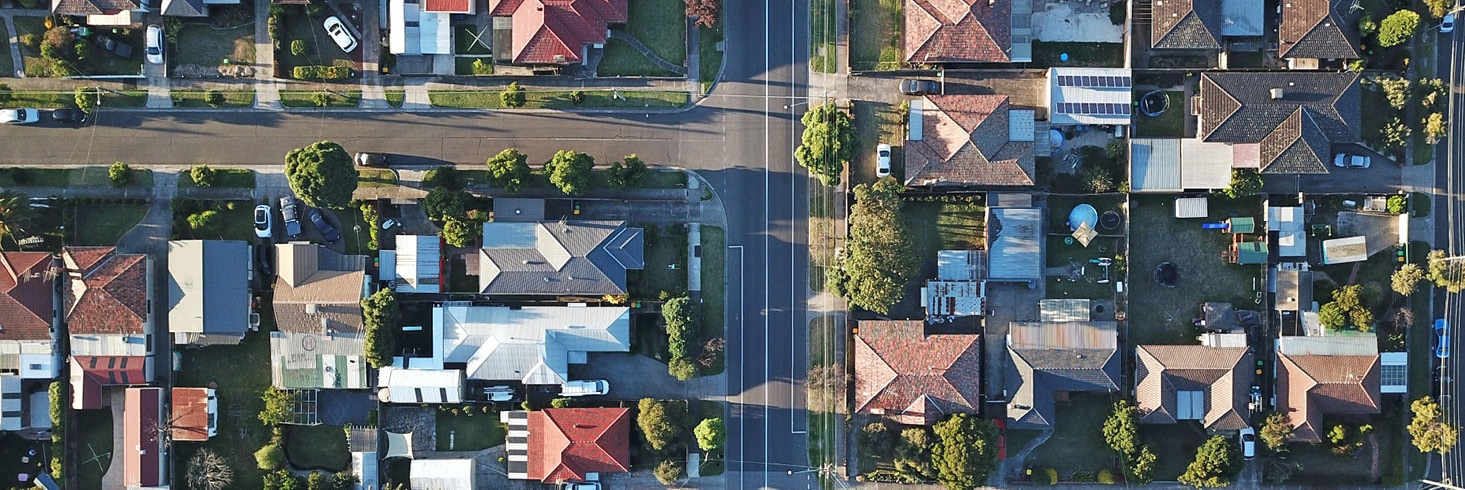
What you Should Know About Today's Housing Market
As home prices rise at unprecedented rates, some are wondering, “are we in a housing bubble?” Although memories of the 2008 market crash have induced skepticism, the simple answer is no. There are a multitude of factors differentiating today from 2008 that indicate the housing market is nowhere near collapse. So, if it’s not a bubble, what is going on with the market? The rapid rise of home values is a product of the laws of supply and demand and a historic shortage of homes. Read on to find out what you should know about today’s housing market.
Lending Practices
A major difference between the housing market today and 2008 are the lending practices. In the years preceding 2008, homebuyer demand was driven by artificial factors. For example, lending practices allowed people with poor credit and few assets to be approved for mortgages. Part of this was due to high-risk loan programs and precarious lending decisions that eventually contributed to a rise in foreclosures.
The crash resulted in sweeping reforms in the mortgage industry and stricter lending standards. While they made the mortgage approval process more demanding, they protect homeowners and set them up for success.
Supply & Demand
Local market conditions determine home prices, so supply and demand is part of what you should know about today’s housing market. The years before 2008 were marked by constant residential construction leaving an abundance of homes on the market. When the market crashed, the industry never recovered. As a result, the last decade has seen the lowest level of new home construction since the 1960s. Since construction did not keep up with population growth, it is problematic for new generations of homebuyers. Now, as millennials and younger generations age into homeownership, there is a nation-wide shortage of single-family homes. The imbalance of supply and demand has sent home prices soaring and is one of the most notable factors defining today’s housing market.
Mortgage Rates
The lower the mortgage interest rate, the more affordable and attainable homeownership is. That said, the historically low rates have increased buyer demand and encouraged more people to purchase now who may have been waiting. While this is great for buyers, it has further compounded the imbalance of supply and demand.
Generational Trends & Demographic Factors
Aside from the lack of residential construction and low interest rates, older generations are more frequently aging in place further constraining the home supply. Additionally, baby boomers hold the largest share of homeowners in the US at 79 percent. As they retire and look to downsize, they are competing with millennials for homes in the same price range. This makes starter homes even harder to find for first time home buyers. Given that the millennial generation is the largest in history and millions are currently in their 30s, homebuyer demand is organic. As more approach the median homebuyer age of 33 in the coming years, demand is unlikely to let up.
COVID-19
Although supply and demand issues were inevitable, the effects of the COVID-19 pandemic surely were not. In many ways, it created the perfect storm for the housing market. The historically low mortgage rates created additional demand, and homeownership became even more valuable and desirable because of the stay-at-home orders. Also, remote work encouraged many to look outside city centers in the home search, further putting pressure on supply and demand. Lastly, as demand was rising, many people refrained from listing their homes for sale because of the uncertainty. While the housing market was already on track to be limited by supply, COVID-19 created even more hurdles.
What you should know about today’s housing market
The shortage of homes and affordable interest rates created a housing market characterized by bidding wars, competition, and homes selling above asking price. This has caused home values to appreciate quickly, worrying many Americans still scarred from 2008.
It’s no secret that the rate of growth is unsustainable. However, that does not indicate a bubble, and the climate of today’s housing market is distinctive from 2008. Today’s market rests on solid lending practices, and organic demand isn’t likely to dissipate as more Americans age into homeownership. Unlike 2008, demand is fueled by sheer numbers of buyers rather than high-risk lending programs.
As more homes are built and interest rates rise, the market will slowly correct and settle into sustainable rates of appreciation near pre-pandemic levels. That said, home prices we have known in the past are long gone and will not return to pre-2020 values. While the housing market is unlike anything we have experienced, the shortage was largely inevitable, and the pandemic’s effect on interest rates and desire for homeownership exacerbated it. So, don’t let the headlines scare you: today’s market is nothing like 2008. Now is still a great time to buy!
To learn more about the home buying process, contact one of your favorite Treadstone Loan Officers!
The rapid rise of home values is a product of the laws of supply and demand and a historic shortage of homes!

